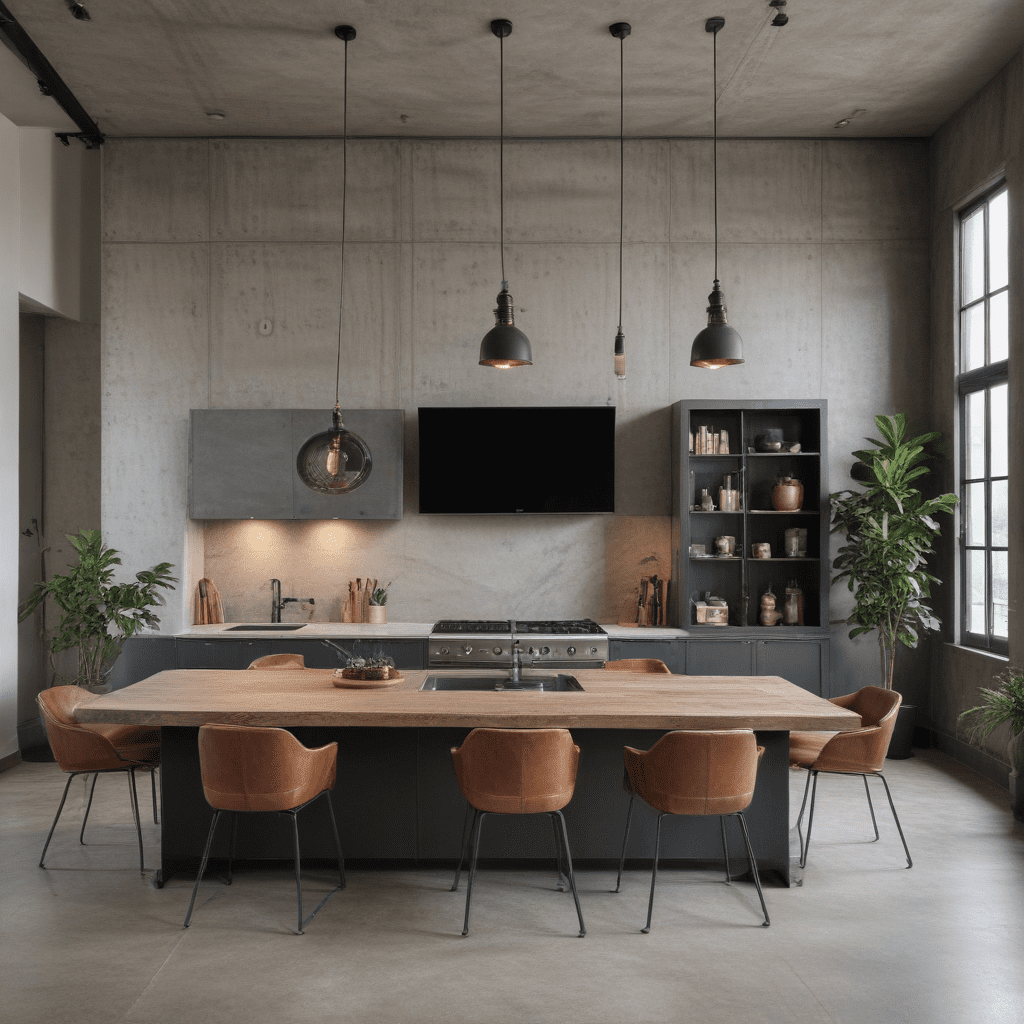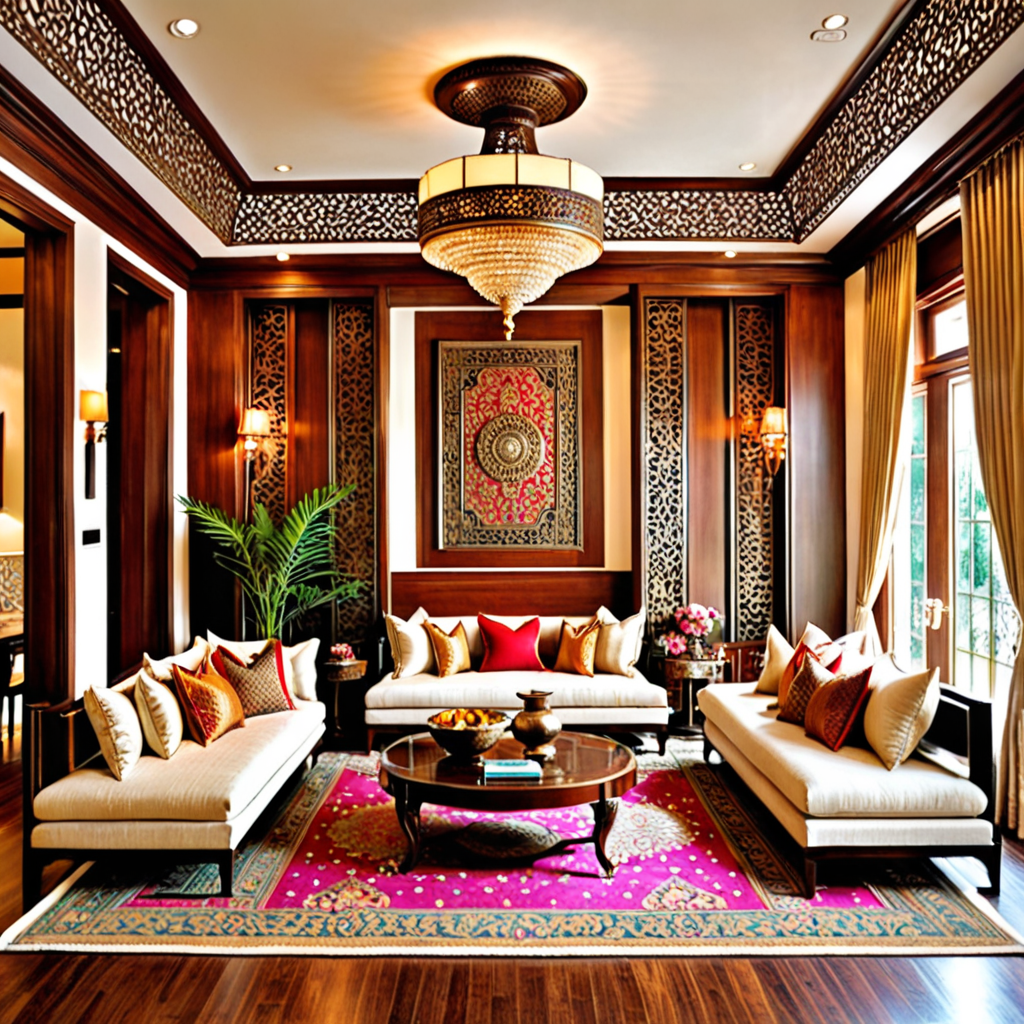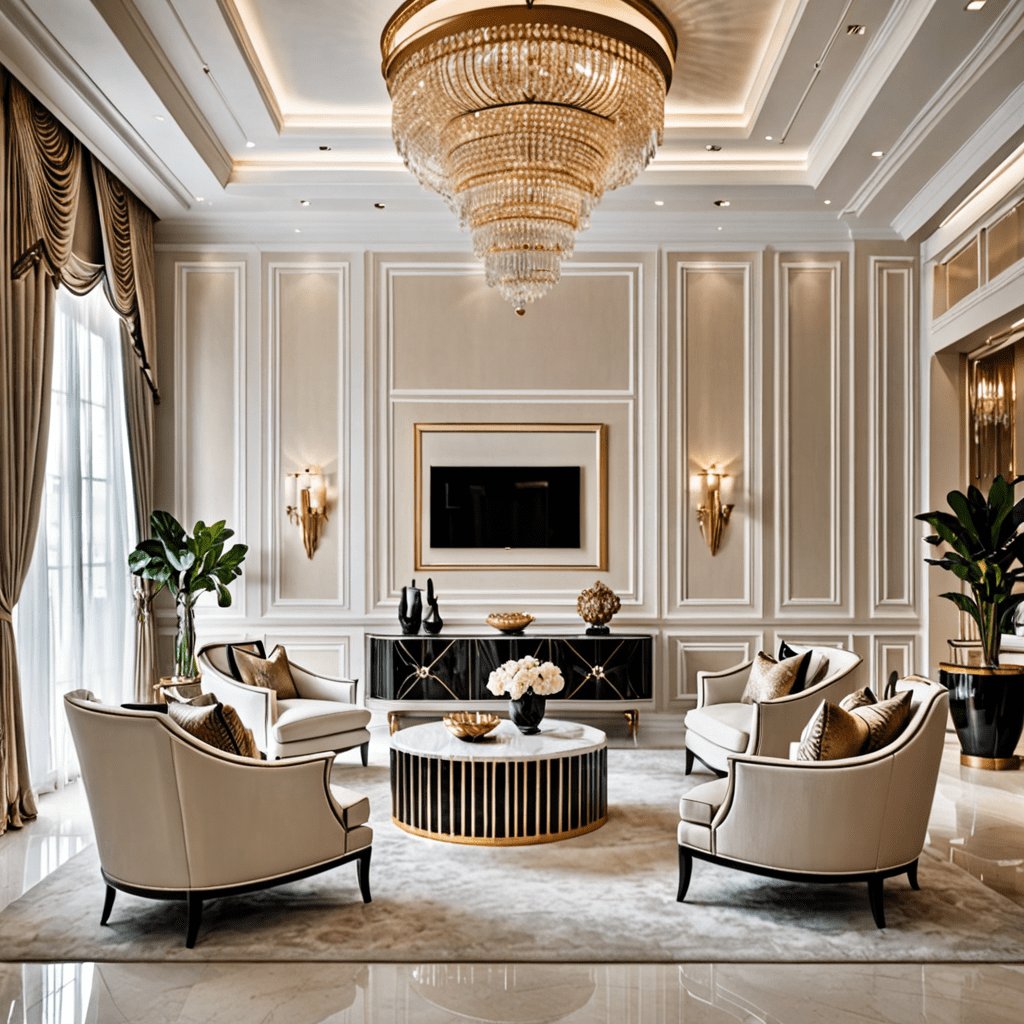Infusing Your Home with Industrial Design Elements


1. The Origins of Industrial Design
Industrial design emerged in the late 19th century as a reaction to rapid industrialization and the need for functional and aesthetically pleasing products. It gained prominence with the Bauhaus movement in Germany, which emphasized simplicity, functionality, and the use of modern materials.
2. Key Characteristics of Industrial Design
Industrial design is characterized by its utilitarian nature, with a focus on function over form. Common features include:
- Exposed structural elements such as pipes, beams, and ducts
- Use of raw or unfinished materials like metal, concrete, and wood
- Emphasis on neutral tones and earth colors
- Integration of large-scale windows and open floor plans
- Geometric shapes and clean lines
3. Incorporating Industrial Elements into Your Home: A Step-by-Step Guide
To create an industrial look in your home, start by defining your goals and choosing a specific style within the industrial spectrum. Consider these steps:
- Identify your industrial style: Choose a specific industrial style such as steampunk, rustic industrial, or mid-century modern.
- Start with a neutral base: Paint walls in shades of gray, black, or white to create a neutral backdrop.
- Incorporate exposed elements: Reveal structural elements like brick walls, beams, or pipes, or add faux elements for a similar effect.
- Choose raw materials: Select furniture and decor made from raw materials such as metal, concrete, or reclaimed wood.
- Add geometric shapes: Incorporate geometric patterns in rugs, artwork, and furniture to enhance the industrial vibe.
6. Color Palettes and Textures in Industrial Design
Neutral tones, such as gray, black, white, and brown, dominate industrial design. Earthy colors, like olive green, rust, and navy blue, add warmth and depth. Raw and unfinished materials bring a sense of industrial chic, but you can also incorporate smoother textures like leather, velvet, or reclaimed wood for contrast.
7. Blending Industrial and Other Design Styles
Industrial design seamlessly integrates with other design styles, creating eclectic and personalized spaces. Mix industrial elements with bohemian rugs, rustic wood accents, or modern furniture to create unique and visually interesting combinations.
8. Creating a Cohesive Industrial Look
To achieve a cohesive industrial look, consider the following tips:
- Consistency in materials: Use similar materials throughout your space, such as metal, concrete, or wood.
- Coordinated colors: Stick to a neutral color palette and add pops of color through accessories or artwork.
- Strategic lighting: Use industrial-style light fixtures, like exposed bulbs or pendants, to enhance the ambiance.
- Minimalistic approach: Avoid clutter and keep your décor to a minimum. Focus on functional and statement pieces.
9. Budget-Friendly Industrial Design Ideas
Creating an industrial-inspired home doesn't have to break the bank. Try these budget-friendly ideas:
- Upcycle old furniture: Transform old wooden crates into coffee tables or use metal pipes to create shelves.
- DIY projects: Build simple industrial-style furniture pieces or light fixtures using inexpensive materials.
- Shop at secondhand stores: Look for pre-owned industrial-style items at thrift stores or antique shops.
- Accessorize with industrial touches: Add industrial elements through pillows, throws, artwork, or decorative pieces.
10. Tips for Achieving a Perfectly Balanced Industrial Home
- Avoid overcrowding: Industrial design thrives on space and simplicity. Keep furniture and décor to a minimum.
- Consider scale and proportions: Choose furniture pieces that are appropriate for the size of your room.
- Don't forget comfort: While industrial design emphasizes functionality, don't neglect comfort. Incorporate cozy elements like soft fabrics or comfortable seating.
- Embrace the imperfections: Industrial design celebrates raw materials and imperfections. Don't strive for absolute perfection.
Frequently Asked Questions
Q: Is industrial design suitable for small spaces?
A: Yes, industrial design can be adapted to small spaces by using multi-functional furniture, exposed elements, and strategic lighting to create an illusion of spaciousness.
Q: Can I incorporate color into an industrial space?
A: Yes, while industrial design typically uses neutral tones, you can add pops of color through accessories, textiles, or artwork to create a more personal touch.
Q: How can I avoid making my industrial space look too cold or sterile?
A: Incorporate warm metals, natural textures like wood or leather, and ambient lighting to create a more inviting atmosphere.





